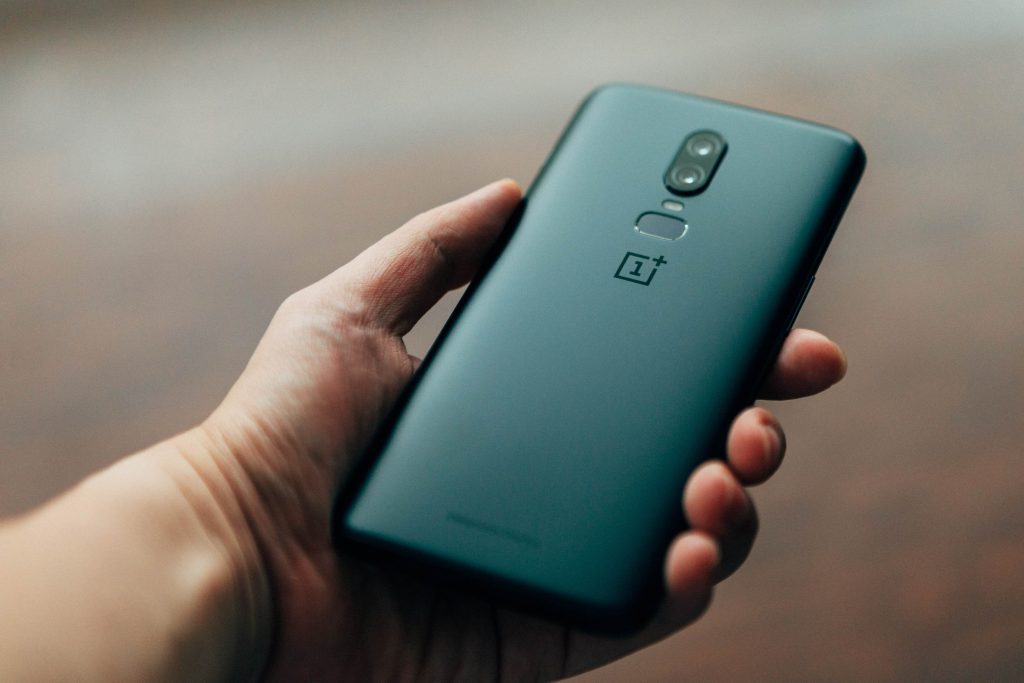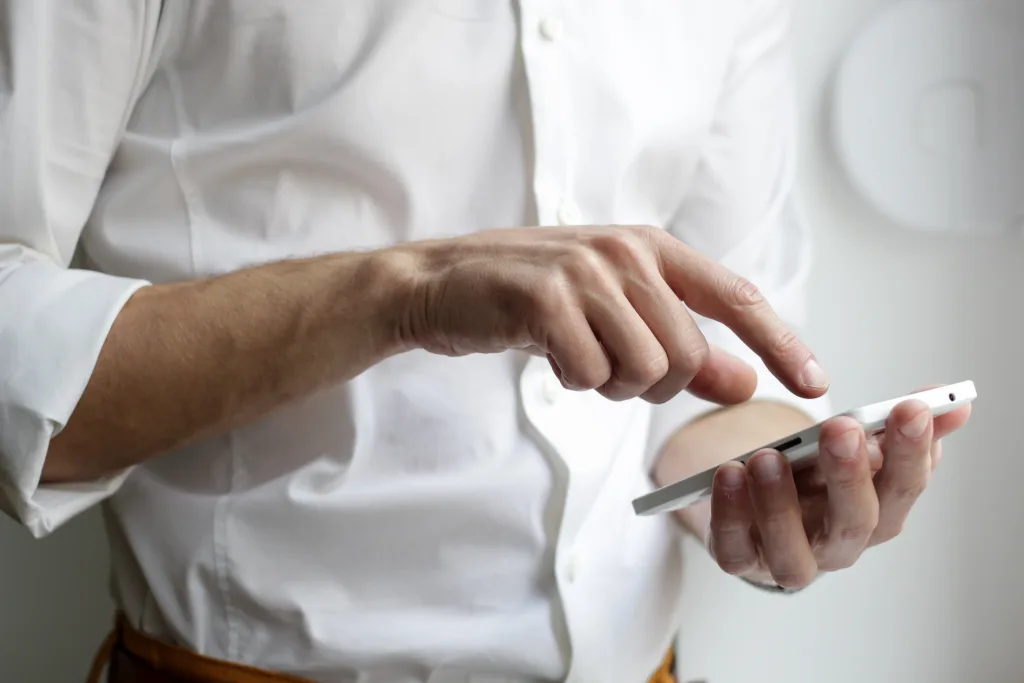Some of the advantages that technological progress brings is the increase in security and the willingness to facilitate the way we do things. These are one of the many reasons why biometrics were created and are still used today in several places where you probably have not noticed.
First, let’s define biometrics, their types and specific features. According to Wikipedia, Biometrics are body measurements and calculations related to human characteristics. Biometrics authentication is used in computer science as a form of identification and access control. It is also used to identify individuals in groups that are under surveillance.
Biometrics can be of two types: physiological and behavioral. The first is based on features of our own body (fingerprints, iris, retina, utterance…) to convert them into identification parameters, while the second derives from a concrete action, such as walking or writing.
Today fingerprint biometrics is part of physiological biometrics, including face recognition (many cell phones are currently unlocked in this way), iris or even heart rate.
This form of authentication has emerged in view of the growing trend of using digital services and the need for storing sensitive user data securely.
Among the existing types of authentication, fingerprint biometrics are the ones based on what you are. Their main advantage is that biometric elements are unique linked to the person, they are hard to forge and very easy to use, since you do not need to remember them, unlike a password, which can easily be forgotten
Uses of finger biometrics
The use of biometrics is far from being a futuristic issue, but has been used for years across different sectors. Below you will find out more about the current uses of fingerprinting and new ways to use it for the short and medium term.
Border control identification
The main document for traveling around the world is the passport. For Spain (and many other countries), the RFID chip[i] inside the passport stores the fingerprints of both indices of the holder, which are then compared at immigration offices when leaving or entering a country for proper identification.
The use of biometric passports is now widely used and the vast majority of countries use this document to increase the level of protection for people entering and leaving the country. Besides the increased security, it also helps to streamline the process and reduce queues at borders.
When entering at your hotel room
The usual way to enter into a hotel room is through a magnetic card, which has the disadvantage that it can be easily lost or stolen.
Thanks to fingerprint biometrics, customers register their fingerprints at the check-in. These fingerprints are then linked to a room (and to other rooms to which they have access through their reservation) during their stay. As a result, there is greater security and the guest does not have to worry about carrying the magnetic card at all times.
For unlocking your phone
The classic cell phone protection system has always been a four digit passcode. This is not exactly a secure authentication method, especially now that we keep more things inside our cell phones (credit card, bank access, social media, etc). Both fingerprint and facial recognition are now widely used in cellphones

One more way of payment
The problem in the European Union is that there is no public database to match fingerprints and verify a person’s identity in real time. However, there are several countries in Latin America where, due to the high levels of fraud and swindling, they allow this matching to be carried out and there are companies specialized on this.
As a result, it is now possible to use your fingerprint as a payment method, without the need to carry cash or credit cards.
This system was implemented two years ago in Venezuela, ideal for this case because biometric recognition has previously been used, for example in electronic voting or identification at ATMs.
Fingerprint used as legal evidence in a signing process
Fingerprint can be used to verify the person’s identity in a signing process to provide greater security and legal validity to the contract in question.
The purpose of the legal evidence is to secure the whole process. For this reason, it is advisable to add several legal evidence to strengthen this process, such as fingerprints or an SMS OTP sent to the signer’s cell phone.
Fingerprints are used to ensure perfect identification of the individual, as they are unique and cannot be transferred. Thus, it meets the conditions to be considered advanced electronic signature, fully legal according to eIDAS (Regulation (EU) N°910/2014)
Fingerprints are not the only type of biometrics that can be used in these processes, since the biometric signature (or advanced electronic signature) is able to collect unique data from each person, such as the speed, stroke or pressure applied when signing, as long as we use specific devices designed for this purpose.
Biometrics in general, and fingerprint biometrics in particular are making great progress in offering greater protection and security to users, making their lives easier. Today, we already use our fingerprint on a daily basis to enter the gym or to unlock our cell phone, and we will soon use it for many other day-to-day actions.
